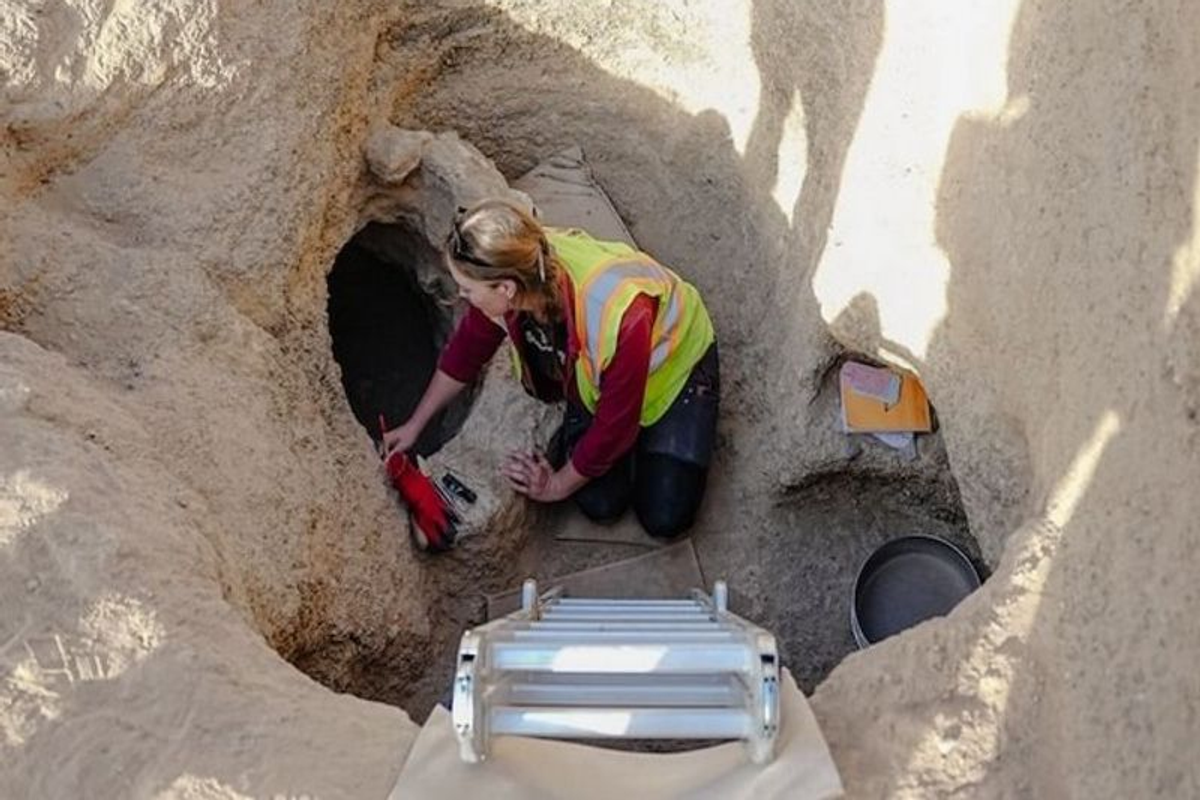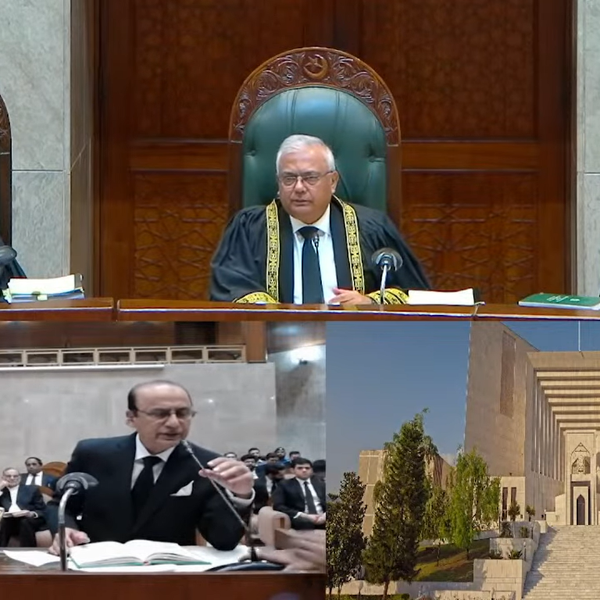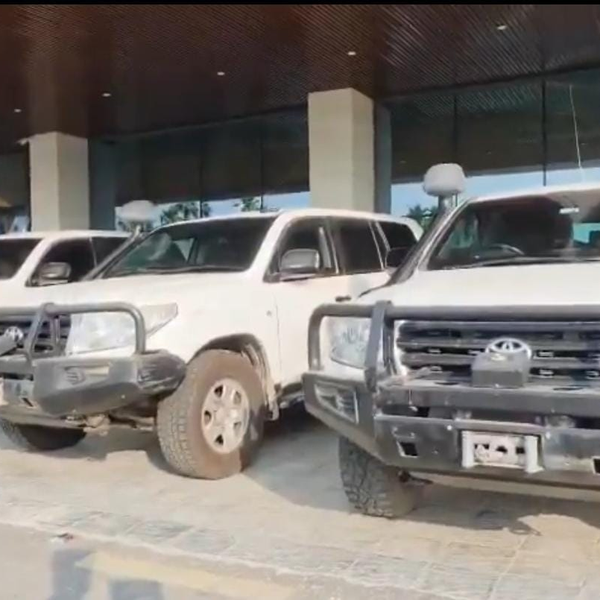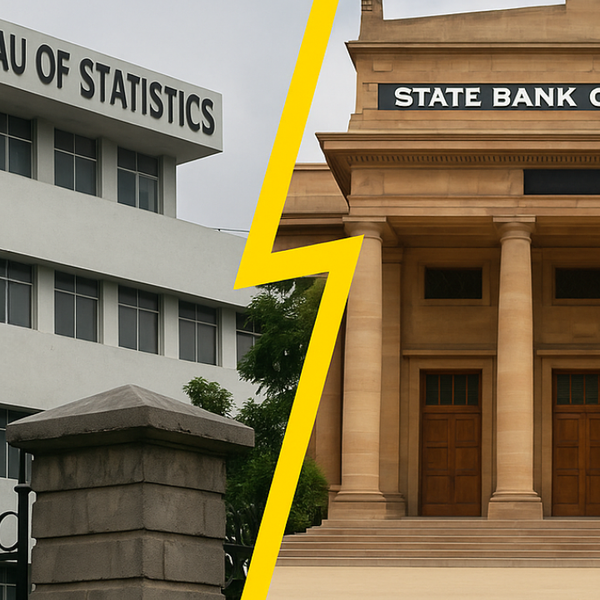News Desk
The News Desk provides timely and factual coverage of national and international events, with an emphasis on accuracy and clarity.

Forensic experts, including osteoarchaeologists, are analyzing the remains to determine age, health, ancestry, and potential migration patterns through ancient DNA.
Courtesy: Khaleej Times
The Department of Culture and Tourism Abu Dhabi has revealed the discovery of what is believed to be the UAE’s first major Iron Age cemetery -- a 3,000-year-old burial site in Al Ain that offers insight into the region’s ancient past, Gulf News reported.
Excavated by DCT Abu Dhabi’s Archaeology Section, the newly discovered necropolis is the first major Iron Age cemetery ever found in the country. Believed to contain over 100 tombs, the site is filled with grave goods and personal items, revealing clues about life, death, and social structures from three millennia ago.
“This discovery promises to transform our understanding of the ancient Emirates,” said Jaber Saleh Al Merri, Director of the Historic Environment Department at DCT Abu Dhabi. “For years, Iron Age burial traditions in this region were a mystery -- now we have tangible evidence bringing us closer to the people who lived here 3,000 years ago.”
New clues into ancient lives
The Al Ain site stands out as the best-preserved Iron Age chambered tomb necropolis in the Arabian Peninsula. Though most tombs had been looted centuries ago, fragile human remains and high-quality artifacts were recovered.
Forensic specialists, including osteoarchaeologists, are now conducting detailed lab analyses to study the remains -- determining age, health, and lineage, as well as using ancient DNA to trace family ties and possible migration routes.
How the tombs were built
The burial process involved digging a two-meter-deep shaft, followed by an oval chamber carved into the side. Once the body and offerings were placed inside, the chamber was sealed with mudbricks or stones. Because these tombs lacked surface markers, they remained hidden for centuries.
Treasures from the past
Despite earlier looting, archaeologists recovered finely crafted objects: pottery, soft-stone carvings, metalwork, and rare gold jewelry.
Burial sets also included spouted vessels, bowls, small cups, and copper-alloy weapons like spearheads and arrowheads -- some preserved with remnants of their original wooden shafts and even traces of a quiver. Personal grooming items such as razors, rings, and beaded jewelry were also found.
Irrigation, innovation, and the rise of Al Ain
The Iron Age was a pivotal era in shaping the region’s oasis-based society. The invention of the falaj -- an underground irrigation system -- sparked an agricultural boom that transformed Al Ain into a thriving oasis landscape. While earlier discoveries mapped villages, forts, and temples from the era, the burial traditions had remained elusive until now.
“This fills a major gap in our archaeological timeline,” said Tatiana Valente, Field Archaeologist at DCT Abu Dhabi. “We now understand how burial customs evolved -- and what that tells us about people’s beliefs and values.”
Part of a bigger picture
The cemetery was discovered under the Funerary Landscapes of Al Ain Project, launched in 2024 in response to a rise in prehistoric tombs uncovered during construction monitoring. The effort supports ongoing research of the Cultural Sites of Al Ain, which gained UNESCO World Heritage status in 2011.










Comments
See what people are discussing